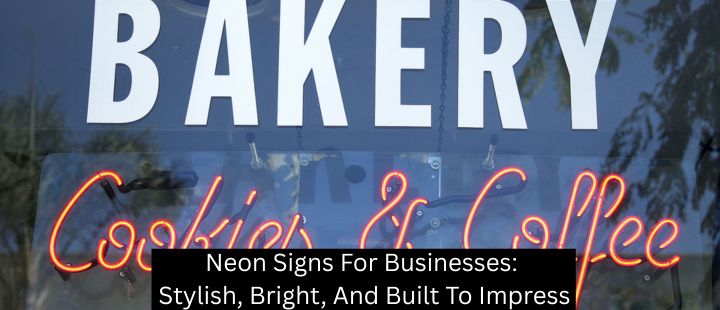Adding flags to your business’s next big promotion or tradeshow setup is a great way to increase your visibility and build brand awareness.
But many people hold back, lacking confidence in their ability to design a quality flag.
These people tend to think that good design is a matter of taste, and worse, that taste is an innate quality that certain people lack.
But they’re wrong! Good design is about adhering to fundamental principles (or knowing how to bend the rules), all of which can be learned and mastered with dedicated study and practice.
Of course, you can always skip the hassle and hire a Signworld business partner. But even then, having a bit of background knowledge makes the collaborative design process much more gratifying.
With that in mind, we’ve assembled 5 flag design tips to bring you up to speed on the fundamentals.
Today’s five design tips come courtesy of the North American Vexillological Association (vexillology is the study of flags), and specifically from Ted Kaye’s book Good Flag, Bad Flag: How to Design a Great Flag. NAVA tends to focus on regional, city, state, and national flags, but their fundamental principles apply to the business flag design.
- Keep it simple. This guideline suggests that your flag design should be so basic that a child would be able to draw it from memory. And while this is a great piece of advice for national flag designers, it’s also pertinent information for business owners building a brand. If you want your flag to leave a lasting impression, go for something austere.
- Use meaningful symbolism. The colors and symbols you choose should be symbolic, relating to meaningful parts of the city, state, or country. Again, this works on a business level – look at McDonalds, whose “Golden Arches” refer both to the restaurant’s unique shape and signage, and the color and shape of their signature fries. Avoid stock symbols and seize every branding opportunity!
- Use 2 to 3 basic colors. And try to limit yourself to what’s referred to as the “standard color set,” which includes red, white, blue, green, yellow, and black. This is one area where business owners have more wiggle room, but NAVA uses the example of a
- No lettering or seals. NAVA recommends that city, state, and national flags use no lettering or writing of any kind. And for their purposes, they’re absolutely right. If you need to write in the name of the thing you’re trying to represent, your symbolism has failed. Time to go back to the drawing board and flesh out a stronger concept.
Business owners will have some leeway here, but only if they’re mounting their flags indoors. Lettering doesn’t really work on outdoor flags for the same reasons that complex design and detail won’t – when the wind starts blowing, legibility drops. Couple that with the fact that most flags are viewed from a distance, and the problem becomes clear.
- Be distinctive. Uniqueness is something every business owner should strive for in their flag design. The last thing you want is for your flag to evoke thoughts of somebody else’s brand. While it can be tempting to borrow what’s already working for someone else, resist outside influences and create something that’s truly your own.
Though these NAVA principles were written without businesses in mind, they each convey something essential about design theory that you’ll need to know before you can create the perfect design.
If you want to learn more design principles, or book a consultation with one of our business partners, check out our online resources at http://www.signworld.org.




